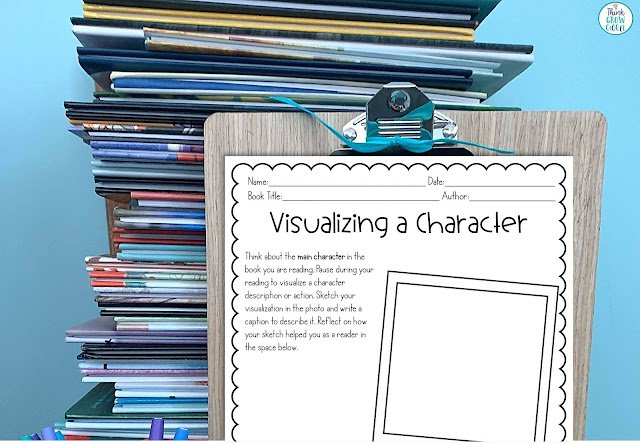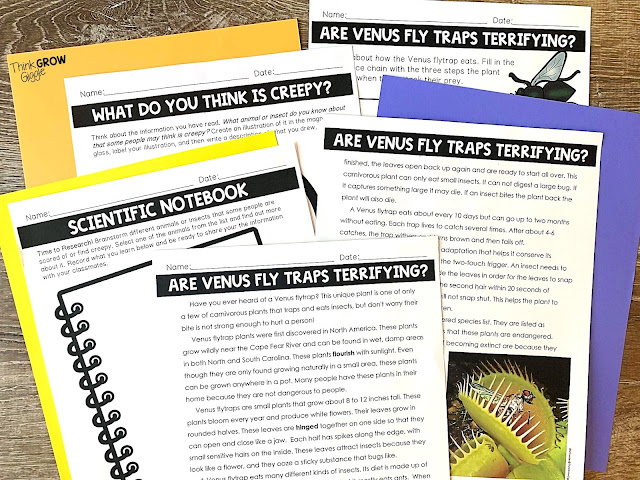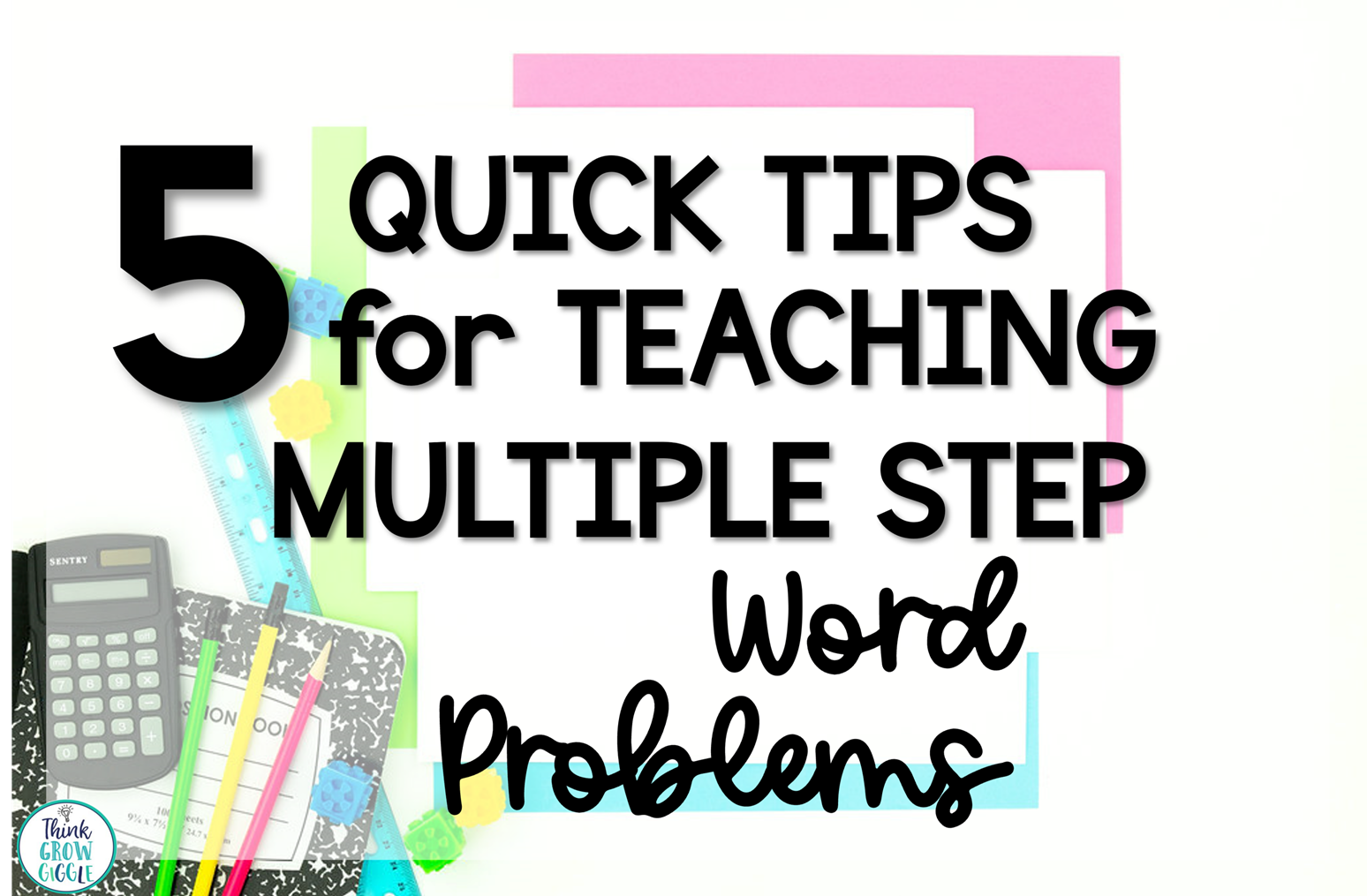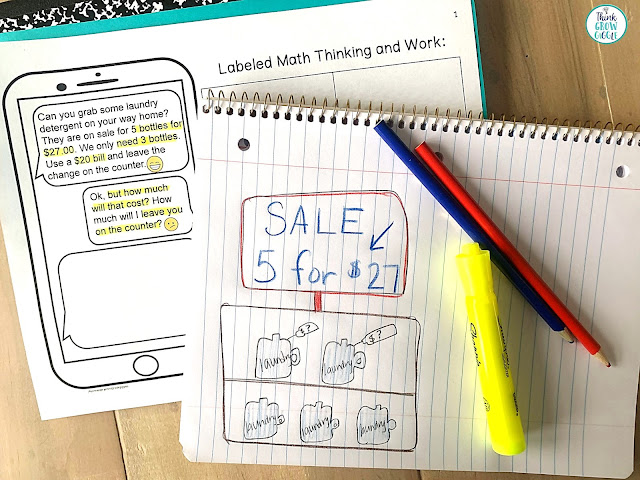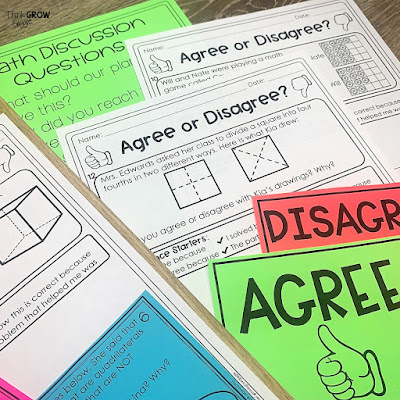Teachers everywhere dread planning for a sub!
That's because there is so much that goes into leaving appropriate sub plans that include meaningful activities that meet the needs of your individual class. From step-by-step directions to student information to behavior management tips, it can take forever and seem like so much work to do, especially when you are sick!
And what could be worse than actually writing the sub plans? Returning to work the next day to clean up what happened in your absence, especially if you get a less than glowing note about the day from the substitute.
It is not easy being a teacher, and it is especially not easy being a sick teacher planning for a sub. After 18 years of having to write sub plans for sick days, personal days, and professional development days, I know what works and what does not work!
Read on to learn 5 game-changing tips that will make planning for your next sub much simpler AND will earn your students that positive glowing note from the substitute when you return to school!
Tip #1: Teach Your Expectations
The first few weeks are jam-packed with routines and setting expectations. The kids learn how to do just about everything during those first few weeks. Add substitute expectations to that list of routines you teach your students at the start of the year.
This is important because you want students to know exactly what you expect while you are out. Teaching them before there is a sub eliminates confusion and cuts back on problems that may occur in your absence. I even create an anchor chart of classroom expectations for a substitute with the kids. then, when I am out I pull that anchor chart out and leave it front and center. This shows the kids that I have expectations and it also holds students accountable.
Recently, I started using digital slides to share my classroom rules and expectations with my students. On the last page of the slide, I have the kids sign their names as a contract of expectations. Then I print out the slides and staple to combine them into a book. Now this book serves as a manual to how your classroom runs. I leave this in the sub bin so every sub and guest teacher knows how our room operates!
Tip #2: Have a Secret Stash
We all have a million picture books in our classrooms! Some are the go-to books that we read aloud every year without fail, and some are ones that we still love, but do not read as often. Make a stack of about ten appropriate picture books for your grade level. You can even throw in some nonfiction picture books. Then make copies of generic graphic organizers and student reading reflection activities that can be used with any book.
Leave the books and organizers in a cabinet or sub bin tucked away, just waiting for the day they will be needed for a quick reading activity in your absence.
Teacher TIP: Share the workload! Do this as a grade level so that you all have something easy yet meaningful to leave with a sub anytime and especially during an emergency absence. Take turns replenishing the copies so they are ready to go all year.
Grab these free graphic organizers that work with so many picture books for your next set of sub plans!
Tip #3: Prep That Info Folder
As you are putting together your teacher binder and schedules at the beginning of the year, make an extra set of copies. Use those copies to add to your substitute folder. Here is what I am sure to put in my subfolder at the start of the year:
- letter to the substitute
- class list
- daily schedule
- special instructions specific to my class
- medical/allergy information (follow your district's privacy policy)
- individual student schedules
- teacher name and room number of who is available to help
- simple management system
Now place that folder in your drawer and show a colleague where it is for when you are out unexpectedly. Doing this at the start of the year makes planning for a sub any day much simpler!
Tip #4: Have a Simple Management Tool
For years every time I planned for a sub, I tried to explain my classroom management system in my sub notes. And every time, there was confusion. The children would say one thing to the sub, I was writing something else to the sub, and oftentimes the sub was just so confused that they used no management system at all. This led to less than great behavior in my absence.
What
I started to do was have a separate management system for when a sub was is in
the classroom. I keep it very simple and explain it to the students at the
beginning of the year when we go over our substitute expectations. Here is
how it works. I place this paper at the front of the room when the sub is in
charge and the students work all day to earn letters to complete the phrase “hard
workers”. When I return to school, if the students have earned all the letters
to spell out “hard workers” they will get a class reward. I keep the reward simple, like 15 extra minutes
of recess or we'll do an extra art project together.
This works wonders because it is simple enough for everyone to understand.
Tip #5: Collect What the Kids Love
While it is very helpful to plan ahead for a substitute at the beginning of the year, it is also a good idea to add to a substitute stash throughout the year.
Here is what I do:
After we play a grammar or math game in class, one that the students particularly love and know how to play, I will make copies and leave them in the sub stash or bin. I like to do this because they are tried and true activities that students know how to play and that can provide extra practice for different skills. This can be done for a wide range of activities. The next time you notice that students love a math game or reading activity, make an extra set of copies. You will be providing students with meaningful practice and engaging activities that will help eliminate problems when a sub is in charge. Try these free math games and see what I mean!
You can also use this tip with any activity that you consistently use with your students.
In my classroom, we use the same format, structure, and type of close reading passage. The only thing that changes is the topic. The kids love them because they are high-interest topics that make them want to read! They know exactly what I expect that they do as they read the passage, how they are to answer the questions, and they love the creative component that goes along with each set. Since they know exactly what to do with these close reading passages, there is no confusion for them. The consistency holds them accountable for doing quality work in my absence, and makes it easier on the sub, too!
Tip #6: Prep for Sub Plans at Start of the Year
Bonus Tip: Have Clear Volume Expectations and Classroom Routines Posted
One unexpected game changer that I have found helps to keep order when a substitute is in the classroom is to have clear voice-level expectations. At the beginning of the year, we spend a lot of time going over this management tool. We go over each level, when it can and should be used, and why it is important to have voice levels. Once the students understand these levels, we practice them and they become a habit. I add these expectations to my sub plans so that the sub can enforce these voice levels. It really does help to keep order in my absence!
Go one step further and print out all of your classroom routines, procedures, and expectations for your sub. I print the slides from my Back to School Procedure Slideshow. These are perfect to use as a handbook of how your classroom operates for the substitute or guest teacher.
Ok teacher friends, put these tips into action today and make the next time you need to plan for a sub snap! I hope you get that positive note upon returning to your classroom. Stay well!



